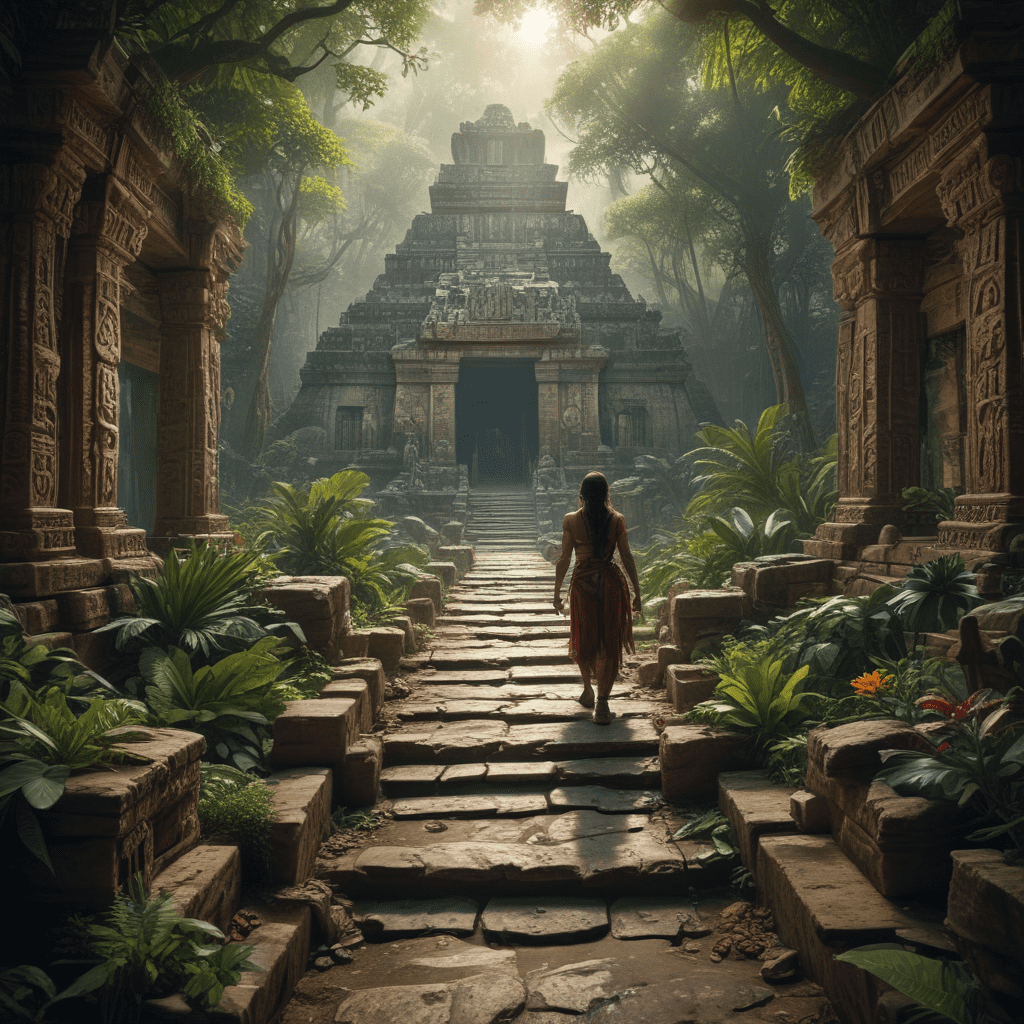The Story of the Sacred Dance in Native American Mythology
Origins and Significance
In Native American cultures, the sacred dance holds profound significance. It is a spiritual expression, a way to connect with the Creator, the spirit world, and the ancestors. Rooted in ancient mythologies, the sacred dance tells the story of creation, the journey of the people, and the interconnectedness of all living beings.
The Creation of the Sacred Dance
According to legend, the Great Spirit created the sacred dance as a gift to the Native American people. It was a way for them to express their gratitude, to honor their ancestors, and to heal themselves and their communities. The dance was said to have been taught to chosen individuals in dreams and visions.
Types of Sacred Dances
There are countless types of sacred dances performed by Native American tribes across North America. Some of the most well-known include the Sun Dance, the Powwow, and the Ghost Dance. Each dance has its own unique purpose and meaning, and is often performed during specific ceremonies or rituals.
The Healing Power of Dance
The sacred dance is not only a spiritual practice but also a means of healing. Through the rhythmic movements and the connection to the spirit world, dancers can release emotional and physical pain, heal illnesses, and restore balance and harmony within themselves and their communities.
Dance as a Form of Storytelling
The sacred dance is a powerful form of storytelling. Through its movements and symbols, it conveys myths, legends, and historical events. Dancers may imitate animals, depict scenes from nature, or retell the stories of their ancestors. By witnessing these dances, community members can learn about their history and culture.
VI. The Dance and the Spirit World
The sacred dance is believed to bridge the gap between the physical and spiritual worlds. Dancers often enter a trance-like state, allowing them to communicate with spirits, ancestors, and other supernatural beings. Through the dance, they can receive guidance, healing, and protection.
VII. The Rituals and Preparations
Sacred dances are typically performed during specific ceremonies or rituals. These rituals may involve fasting, purification, and prayer. Dancers often prepare for the dance by smudging themselves with sage or other sacred herbs, and by wearing traditional regalia. The regalia often symbolizes the dancer's connection to their tribe, clan, and ancestors.
VIII. The Role of Music and Song
Music and song play an integral role in the sacred dance. Drums, rattles, and flutes are commonly used to create a rhythmic beat that guides the dancers' movements. The songs that accompany the dance often contain prayers, invocations, and stories. The music and song help to create a sacred atmosphere and enhance the spiritual experience of the dancers.
IX. The Legacy of the Sacred Dance
The sacred dance has been passed down through generations of Native Americans and continues to play a vital role in their cultures today. It is a living tradition that connects the people to their ancestors, their beliefs, and the spirit world. The sacred dance is a reminder of the rich cultural heritage of Native Americans and its enduring significance in their lives.
X. Conclusion: The Enduring Significance of Native American Dance
The sacred dance is a profound and multifaceted expression of Native American spirituality. It is a way to connect with the Creator, the spirit world, and the ancestors. Through the dance, Native Americans honor their traditions, heal themselves and their communities, and tell the stories of their people. The sacred dance is a living legacy that continues to inspire and uplift generations of Native Americans.
FAQ
What are some common types of Native American sacred dances?
- Sun Dance
- Powwow
- Ghost Dance
- Round Dance
- Hoop Dance
What is the significance of the sacred dance in Native American cultures?
- It is a way to connect with the Creator, the spirit world, and the ancestors.
- It is a form of spiritual expression and healing.
- It is a way to tell the stories of the people and pass down cultural traditions.
How do Native Americans prepare for the sacred dance?
- Fasting
- Purification
- Prayer
- Smudging with sage or other sacred herbs
- Wearing traditional regalia
What role does music and song play in the sacred dance?
- Music and song help to create a sacred atmosphere and guide the dancers' movements.
- The songs often contain prayers, invocations, and stories.



